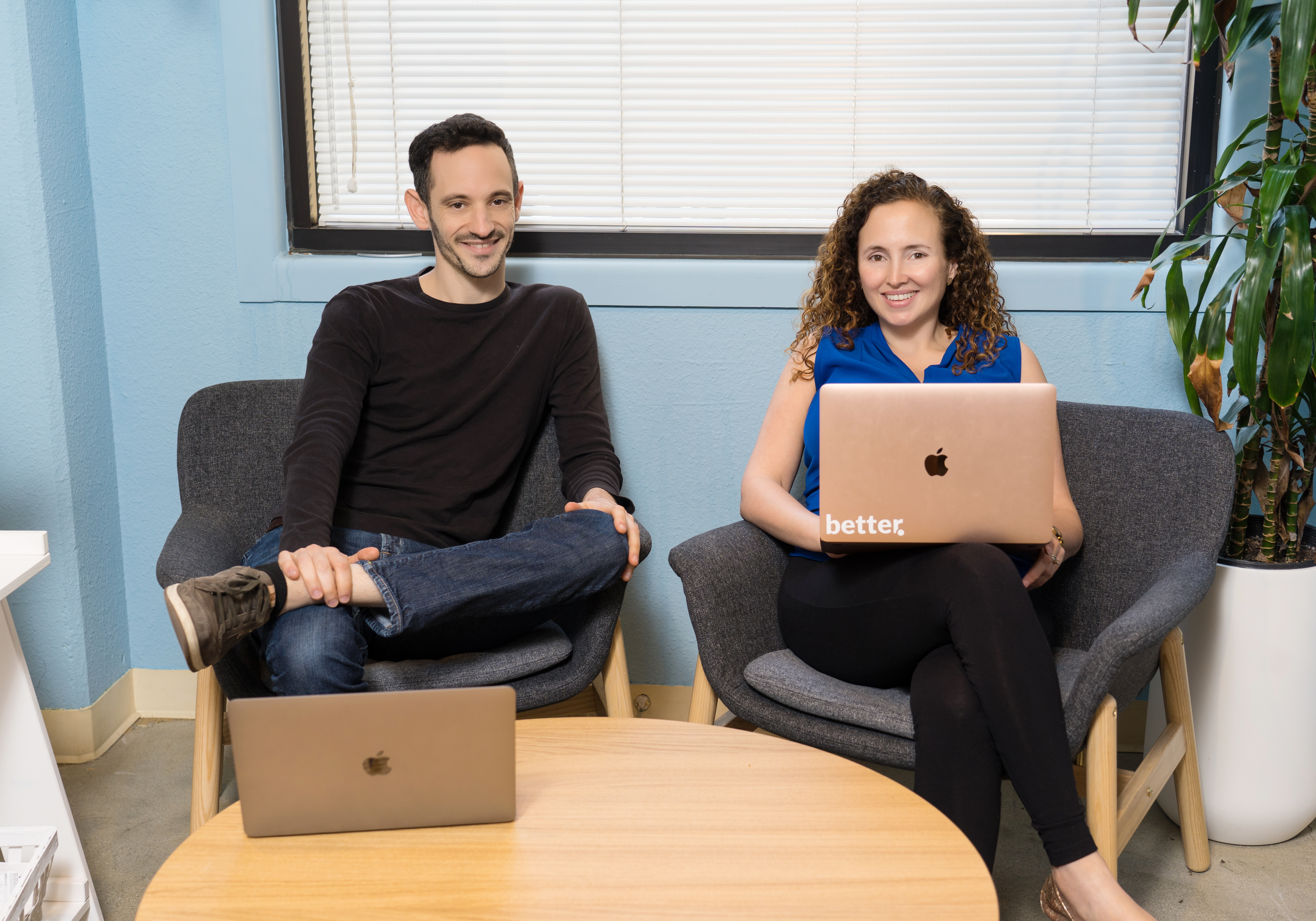Plant-based meat replacements have commanded a huge amount of investor and consumer attention in the decade or more since new entrants like Beyond Meat first burst onto the scene.
These companies have raised billions of dollars and the industry is now worth at least $20 billion as companies try to bring all the meaty taste of… um… meat… without all of the nasty environmental damage… to supermarket aisles and restaurants around the world.
Switching to a plant-based diet is probably the single most meaningful contribution a person can make to reducing their personal greenhouse gas emissions (without buying an electric vehicle or throwing solar panels on their roof).
The problem that continues to bedevil the industry is that there remains a pretty big chasm between the taste of these meat replacements and actual meat, no matter how many advancements startups notch in making better proteins or new additives like Impossible Foods’ heme. Today, meat replacement companies depend on palm oil and coconut oil for their fats — both inputs that come with their own set of environmental issues.
Enter Nourish Ingredients, which is focusing not on the proteins, but the fats that make tasty meats tasty. Consumers can’t have delicious, delicious bacon without fat, and they can’t have a marvelously marbled steak replacements without it either.
The Canberra, Australia-based company has raised $11 million from Horizons Ventures, the firm backed by Hong Kong billionaire Li Ka-shing (also a backer of Impossible Foods), and Main Sequence Ventures, an investment firm founded by Australia’s national science agency, the Commonwealth Scientific and Industrial Research Organisation.
That organization is actually where the company’s two co-founders James Petrie and Ben Leita met back in 2013 while working as scientists. Petrie, a specialist in crop development, was spearheading the development of omega-3 canola oil, while Leita had a background in chemistry and bioplastics.
The two had previously worked on a company that was trying to increase oil production in plants, something that the CSRO had been particularly interested in circa 2017. As the market for alternative meats really began to take off, the two entrepreneurs turned their attention to trying to make corollaries for animal fats.
“When we were talking to people we realized that these alternative food space was going to need these animal fat like plants,” said Leita. “We could use that skillset for fish oil and out of canola oil.”
Nourish’s innovation was in moving from plants to bacteria. “With the iteration speeds, it feels kind of like we’re cheating,” said Petrie. “You can get the cost of goods pretty damn low.”
Nourish Ingredients uses bacteria or organisms that make significant amounts of triglycerides and lipids. “Examples include Yarrowia. There are examples of that being used for production of tailored oils,” said Petrie. “We can tune these oleaginous organisms to make these animal fats that give us that great taste and experience.”
As both men noted, fats are really important for flavor. They’re a key differentiator in what makes different meats taste different, they said.
“The cow makes cow fat because that’s what the cow does, but that doesn’t necessarily mean it’s the best fat for a plant protein,” said Petrie. “We start out with a mimetic. No reason for us to be locked by the original organism. We’re trying to create new experiences. There are new experiences out there to be had.”
The company already counts several customers in both the plant and recombinant protein production space. Now, with 18 employees, the company is producing both genetically modified and non-CRISPR cultivated optimized fats.
Other startups and established businesses also have technologies that could allow them to enter this new market. Those would be businesses like Geltor, which is currently focused on collagen, or Solazyme, which makes a range of bio-based specialty oils and chemicals.
“As active investors in the alternative protein space, we realize that animal-free fats that replicate the taste of traditional meat, poultry and seafood products are the next breakthrough in the industry,” said Phil Morle, partner at Main Sequence Ventures. “Nourish have discovered how to do just that in a way that’s sustainable and incredibly tasty, and we couldn’t be happier to join them at this early stage.”







